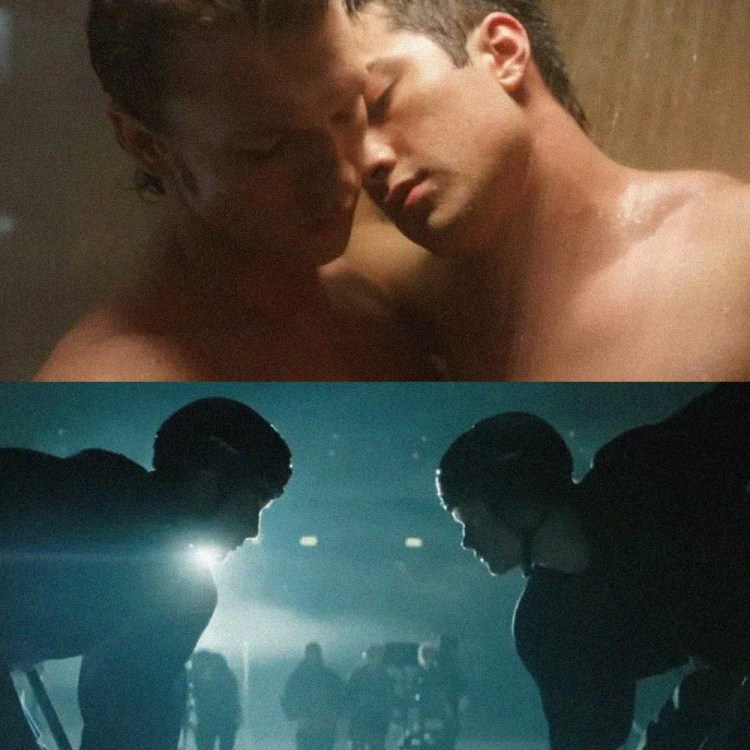Thirty years after his death, Roy Orbison is going back out on tour. Or, a 3D, digitized version of him is, at least. Thanks to new animation and hologram technology, deceased stars like Orbison and opera star Maria Callas are now being given new life, as it were, in terms of being able to perform on stage.
But just because the capability exists to recreate live performances of long-dead stars, doesn’t mean that everyone is excited at the prospect. As the Los Angeles Times reports, some are uneasy or even turned off at the notion of their cherished idols being crassly repackaged for modern audiences or, even worse, shamelessly exploited for advertisements that sully their legacies. And in a world where more and more of what we see is some version of a computer-generated image, should we be encouraging this technology’s entrée into one of the few remaining real-life experiences: live music?
“This is a big issue,” Aaron Moss, a partner with law firm Greenberg Glusker, told the Times. “With new technology, you could essentially make somebody an unwitting and involuntary actor in a film that a celebrity has no part of.”
Others, however, point out the potential positives of how far the technology has progressed. Lifelike hologram concerts of musicians like Orbison and Callas can introduce new fans to his music as well as the unique experience of seeing them “perform” with other live musicians.
“Not only can we experience these artists again, we can experience them in different ways, in a new environment,” explained Brian Becker, who runs L.A.-based BASE Hologram and who is the former chief executive of Clear Channel Entertainment.
Check out a short video demo of the Roy Orbison hologram in action.
Thanks for reading InsideHook. Sign up for our daily newsletter and be in the know.


















